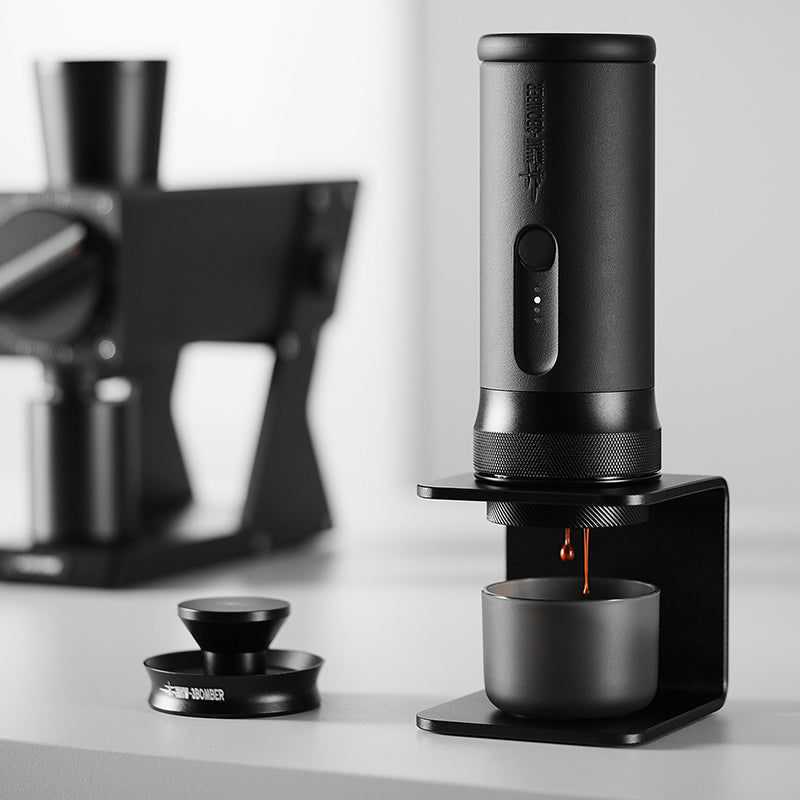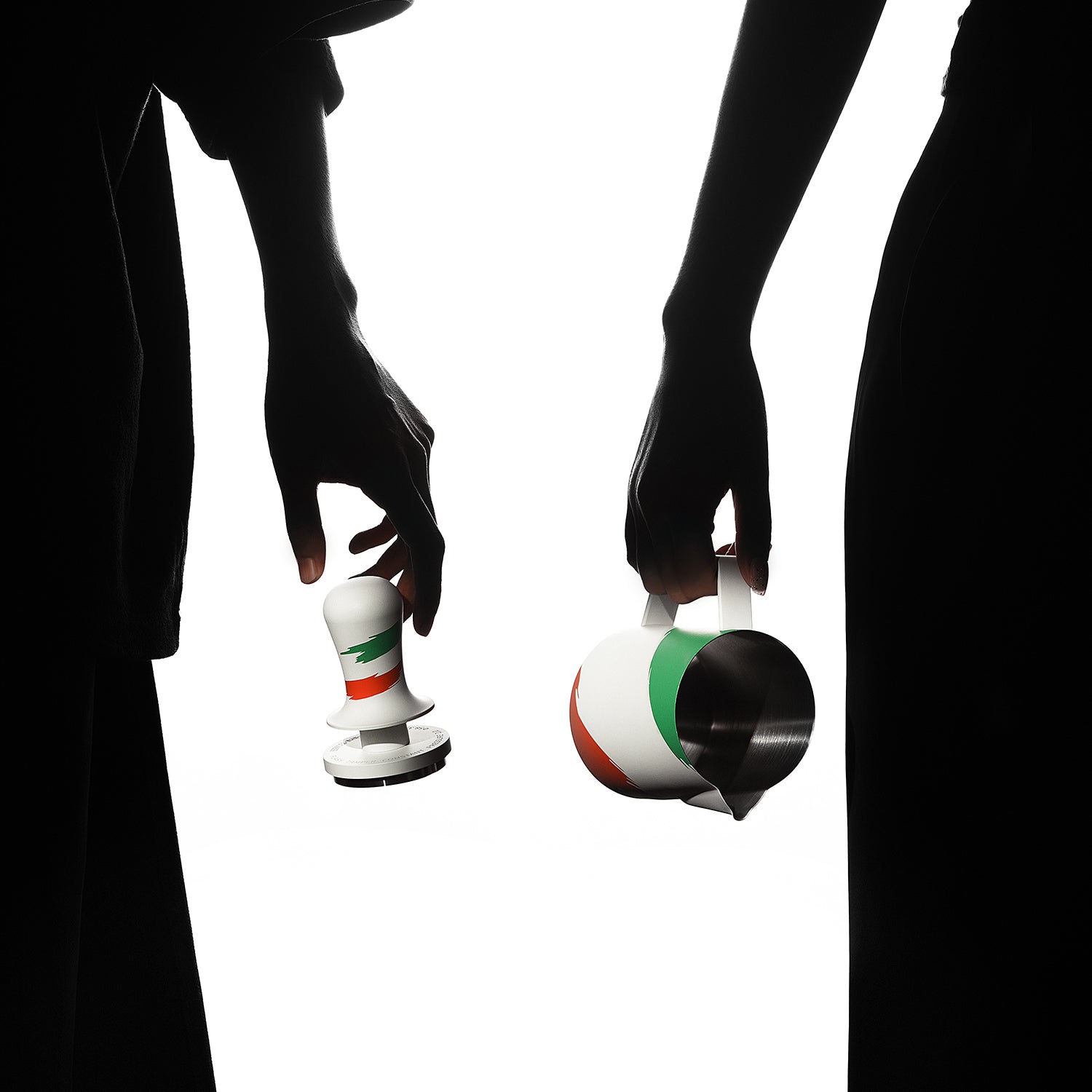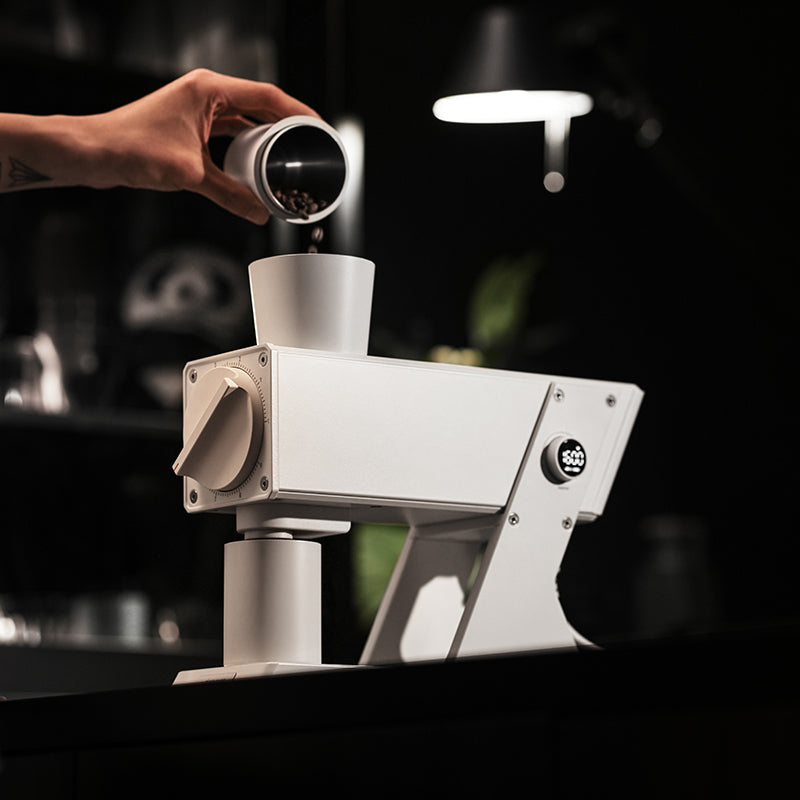MHW-3BOMBER - Feb 06 2025
Crema Explained: The Golden Foam on Espresso – Is It Really That Important?

It seems that everyone who tastes espresso pursues the perfect crema – the golden-brown foam that rests on top of a freshly brewed shot of espresso. The ideal crema has become synonymous with a good cup of coffee, but this velvety layer holds deeper significance in coffee science.
Opinions vary on how crucial crema really is. Is it truly a sign of a perfect espresso, or is it an overhyped feature that doesn’t matter as much as people think? Why do baristas care so much about its appearance? Before answering these questions, we must first understand what crema is.
What Is Crema?
Crema is a rich, aromatic, and flavorful layer of foam that sits on top of an espresso shot. Simply put, it is formed when high temperature and pressure during the brewing process cause air to combine with soluble coffee fats, creating this signature golden foam. Some people refer to this phenomenon as the "Guinness effect" because it resembles the foam on a pint of Irish stout beer.
To achieve visible and well-formed crema, high-quality coffee beans with the right grind size and a skilled barista are essential. Compared to drip coffee, crema gives espresso a more intense flavor profile and a lingering aftertaste.
What Makes the Perfect Crema?
Every barista has their own definition of perfect crema. However, at a minimum, a well-prepared espresso should have a layer of crema that is neither too thin nor too thick and should remain stable for about two minutes.
Brewing an espresso with beautiful crema is a complex process, as many factors influence the outcome. However, here are some key guidelines to follow:
- Too much crema can reduce the total volume of espresso. Many baristas aim for crema to make up about one-tenth of the entire shot.
- Over-extraction and under-extraction both affect crema formation.
- If the crema dissipates within one minute, the extraction time might have been too short, or the coffee beans might be too lightly roasted.
- Generally, a high-quality espresso machine extracts coffee in about 15 to 30 seconds, though this may vary by machine.
- Always preheat the espresso machine before brewing and clean it regularly to maintain its performance. A dirty machine can introduce unwanted bitterness and off-flavors to the coffee.

Factors Affecting Crema Formation
Mastering the art of creating perfect crema is challenging. Beyond skill and experience, several key factors influence its formation:
How Fresh Are the Coffee Beans?
Fresh coffee beans produce more crema because they continue to release soluble fats. If you compare espressos from different cafés, you may notice that those using freshly roasted beans tend to have a thicker crema. This is particularly evident in cafés that roast their own beans compared to those using pre-packaged coffee.
Roast Level Matters
In general, the deeper the roast (especially beyond the second crack), the less crema the coffee will produce. This is because much of the coffee's oils are released during roasting, and oxidation further reduces the available fats. On the other hand, overly light-roasted beans that haven’t undergone sufficient chemical reactions may also lack adequate oil content. Many coffee roasters offer beans roasted specifically for espresso to ensure optimal crema formation.
Processing Method Plays a Role
Coffee beans processed using the natural (dry) method often yield the best crema. This is because sun-dried beans retain more natural oils, which contribute to a richer, more stable crema.
Espresso Machines Can Impact Crema
Home espresso machines, especially those with automatic one-touch brewing, may not generate as much crema as semi-automatic machines, where baristas can control key variables like pressure and extraction time. Some fully automatic machines attempt to compensate for this by creating "fake crema" to mimic the real thing.


Is Crema Really That Important?
While a delicate layer of crema is often seen as the hallmark of a well-crafted espresso, it is not an absolute necessity. Crema does enhance the flavor profile and provides a visually appealing touch to the coffee experience. However, an espresso without a thick crema can still be rich, aromatic, and delicious.
Take Single Origin Espresso (SOE) as an example—this style of coffee has gained popularity in recent years. Due to its lighter roast profile, SOE often lacks the thick, golden crema associated with traditional espresso, yet it remains just as flavorful and complex.
Ultimately, coffee is about taste and enjoyment. If your espresso lacks crema, don’t be discouraged or assume it's a failure. The true essence of a great cup lies in bean quality, roast level, brewing technique, and equipment performance—all of which directly impact flavor.
For many, coffee is an indispensable part of daily life, whether for its psychological comfort or physiological boost. Each cup carries hidden nuances, and now that you understand crema better, perhaps your next espresso experience will feel just a little different.





